We explain everything about the 20th century, the war conflicts, and the revolutions that took place. Also, what are its features and advances?
What happened in the 20th century?
The 20th century was the period of one hundred years that began on January 1, 1901 and ended on December 31, 2000, having the 19th century as its predecessor and the 21st century as its successor.
It is known as "the century of the avant-garde" , the "Century of light and shadow" or simply the "Twentieth Century of the Common Era" (CE).
The 20th century was a decisive century in the history of humanity for various reasons, among which are the enormous leaps in technology , science and medicine, as well as profound social and political changes that changed the international scene.
It is considered one of the most violent that we have lived through as a species , a tragic and hopeful century at the same time, of which historians highlight its extremes of cruelty and progress at the same time.
The world at the end of the 19th century
The 19th century ended leaving the world in an international scene very focused on the European continent .
The world order was governed by their imperial ambitions , which had founded colonies in the various continents of the so-called Third World .
The great world powers at that time were: the British Empire, at the head of the other European empires (German, French, Italian, Dutch, Belgian), the Russian Empire (Tsarist Russia), the Manchu Dynasty in China and the Empire Ottoman .
By the end of the 20th century, these states would be little more than data in the history books.
Latin America was then just a group of very young nations , independent for less than 100 years, struggling to organize themselves in the midst of their internal conflicts.
Africa was mostly under European colonial rule and the US was a country on the rise , after the Civil War that lived between 1861 and 1865.
20th century revolutions
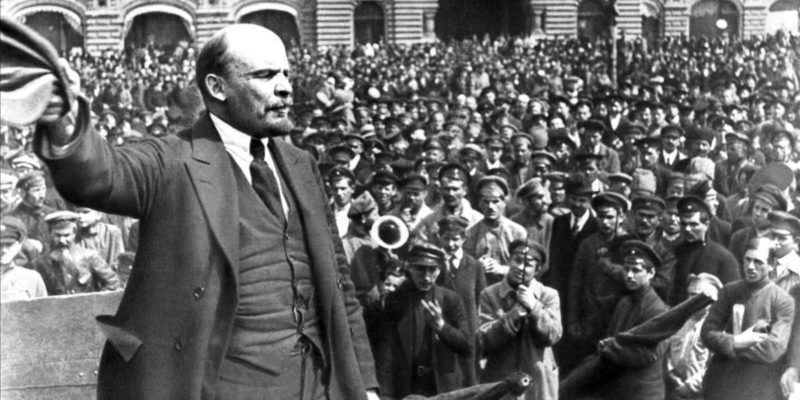
The 20th century was lavish in political-social revolutions , many of which led to civil wars and forever changed the local landscape of nations.
The most important were:
- Mexican Revolution (1910-1921). A prolonged conflict that began the Civil War after the fall of the dictatorship of Porfirio Díaz (el Porfirato), and that involved the poor peasant classes ofcolonial Mexico .
- Russian Revolution (1917) or October Revolution. A series of events that, framed in the tensions of the First World War, led to the violent overthrow of the Russian monarchy and the establishment of the first socialist state in the world: the Union of Soviet Socialist Republics (USSR).
- Cuban Revolution (1953-1959). It began as a guerrilla war against the military regime of Fulgencio Batista on the Caribbean island, and brought to power the revolutionaries led by Fidel Castro , "Che" Guevara and Camilo Cienfuegos, among others, who established the first socialist regime of Latin America .
- Chinese Cultural Revolution (1966-1976). Led by Mao Zedong against the high officials of the communist party , whom he accused of being traitors to the revolutionary cause, being supporters of a market economy . This insurrection culminated in a coup that returned power to the status quo.
The World Wars
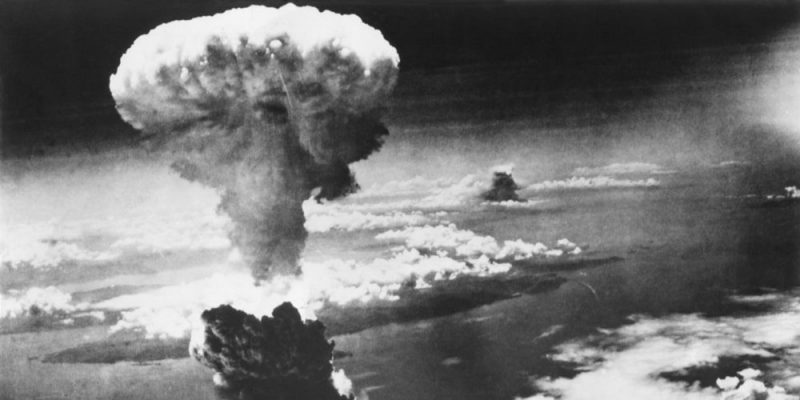
These are two great conflicts that involved all the powers of the time, and had devastating human and material costs, profoundly reconfiguring the political landscape of the nations:
- First World War (1914-1918) . It pitted two opposing imperial blocs: the British Empire , France , the Russian Empire, Italy , the United States, Belgium, Japan , Greece , Romania, Portugal, and Serbia (among others), against the so-called Triple Alliance of the Austro-Hungarian Empire, the Empire German, the Ottoman Empire and their allies. In this war, 1% of the world's population at the time lost their lives (almost 16,000,000 people) and the consequences were the collapse of the defeated empires and the loss of their colonial territories.
- World War II (1939-1945) . The most destructive military confrontation of the century, which pitted the Axis Powers: Nazi Germany , Fascist Italy and the Empire of Japan, against the allied forces of England , France, the United States, China, the Soviet Union and other related countries on both sides, in a war of total destruction. Within the framework of it, the Jewish Holocaust took place and the two atomic bombs were dropped on Hiroshima and Nagasaki, in Japan. The total death toll amounts to 2.5% of the world population (between 50 and 70,000,000 victims).
20th century genocides
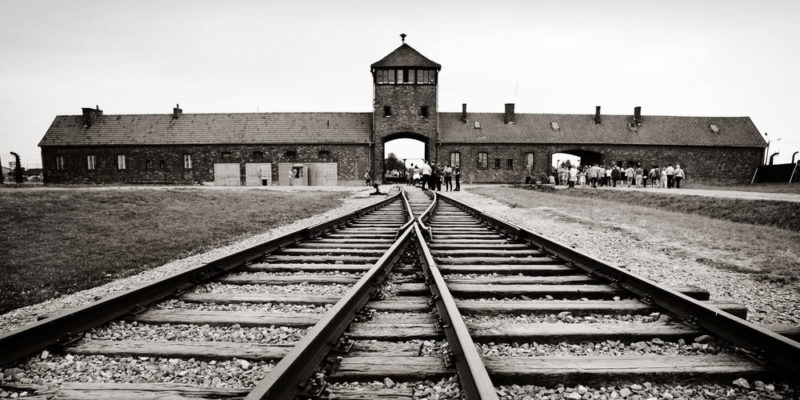
During the 20th century there were numerous genocides, motivated by political, religious or ethnic issues, among which the following stand out:
- Armenian Genocide (1915-1923). Perpetrated by Turkish forces who still deny it to this day, it would have cost the lives of millions of Armenians through forced deportation and selective extermination.
- The Jewish Holocaust (1939-1945). Carried out by the forces of Nazi Germany against the Jewish people (and other peoples considered inferior), who were subjected to undignified lifestyles, forced labor and systematic extermination systems in concentration camps throughout Europe . this.
- The Spanish Civil War (1936-1939). In which the conservative and republican clashed , after the military commanded by Francisco Franco staged a coup. The latter won, after massacring and persecuting any type of left-wing militancy, thus establishing the dictatorship known as Francoism .
- Cambodian Genocide (1975-1979). Occurred in Cambodia from the moment that Pol Pot's Maoist guerrillas seized power by force and implemented a policy of depopulation of cities and slave labor in conditions of death to their own compatriots.
- Rwandan Genocide (1994). In which a percentage of the population (of the Hutu ethnic group) that was in power, tried to completely annihilate those of the other sector (the Tutsi ethnic group), killing 75% of its population.
The Cold War
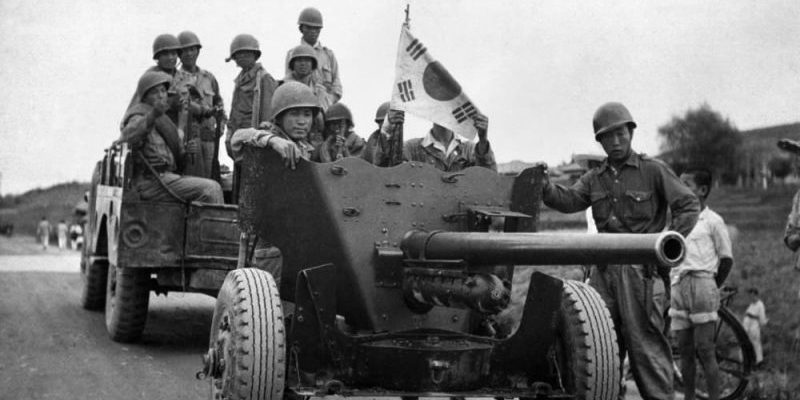
At the end of the Second World War, the European powers were so devastated that they ceded the political and economic direction of the world to two new opposing powers: the USA and the USSR.
Each one promoted its political-economic model among the other countries of the world : capitalism and socialism respectively, giving rise to many conflicts, among which the following stand out:
- The Korean War (1950-1953). In which the Republic of Korea (South Korea) supported by the USA, and the Democratic People's Republic of Korea (North Korea), supported by the USSR and China, faced each other.
- The Cuban Missile Crisis (1962). When the USSR tried to place nuclear warheads in revolutionary Cuba and the United States was about to invade the island to prevent it.
- The Vietnam War (1965-1975). That pitted the US and South Vietnam against North Vietnam, with victory for the latter.
- The Indo-Pakistani War (1971). Between India and Pakistan, regarding the independence of Bangladesh. The US supported Pakistan and the USSR India.
Social struggles of the 20th century
The 20th century was the scene of numerous social struggles that opened the doors to significant changes and a more egalitarian society .
This is the case of the black minorities (African-American) in the US , of the women's liberation movements , of the struggle for the recognition of homosexual communities, and of the vindication of the indigenous legacy in the case of Latin America.
Technological advances of the 20th century
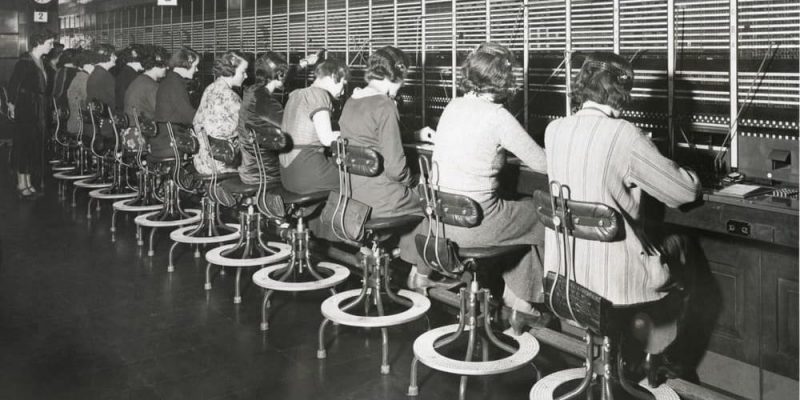
Science and technology grew enormously in the 20th century. The main findings in this matter are:
- television and telecommunications . That would allow the emergence of mass society .
- Antibiotics and genetic engineering. Two expressions of the enormous medical knowledge made available to human beings at the beginning and end of the 20th century, respectively. This lengthened human life expectancy enormously.
- Atomic energy. Whose first expression was the genocide perpetrated by the US in Hiroshima and Nagasaki, dropping atomic bombs on cities, and then the emergence of nuclear power plants.
- computer science . Whose advance was so dizzying that in less than half a century it went from large bulky calculators to personal computers, the Internet and smartphones .
Trip to the moon

Man reached space and the moon for the first time in the 20th century , as a result of the (competitive) efforts of the USSR and the USA, respectively.
The first cosmonaut in space was the Soviet Yuri Gagarin in 1961 , while the first man on the moon was Neil Armstrong in 1969.
20th century art and culture
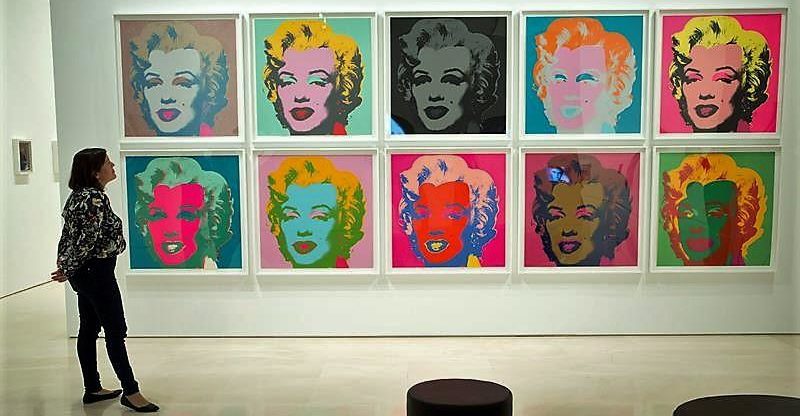
Art and culture changed enormously in the 20th century, giving rise to expressions that reflected the helplessness and fear of such a violent century.
On the other hand, unprecedented expressive possibilities also appeared that brought with them the new materials and new technologies discovered: video art, pop-art, conceptual art, and others.
Globalization

The 20th century ended with the tensions typical of globalization: the interconnection thanks to new technologies (Internet) of the entire globe in a network of economy , finance and even international culture.
This gave way to a new world in which the idea of nations, so important in the 20th century, will be questioned in favor of the global .
The above content published at Collaborative Research Group is for informational and educational purposes only and has been developed by referring to reliable sources and recommendations from technology experts. We do not have any contact with official entities nor do we intend to replace the information that they emit.
Abubakr Conner brings a diverse skill set to our team, and covers everything from analysis to the culture of food and drink. He Believes: "Education is the most powerful weapon that exists to change the world." .
Leave a reply
Your email address will not be published. Required fields are marked *Recent post

Sport: What Is It, Types, Risks, Features, Characteristics and Examples

Dogs: Emergence, Features, Characteristics, Feeding and Breeds

Story: Definition, Elements, Structure, Features and Characteristics

